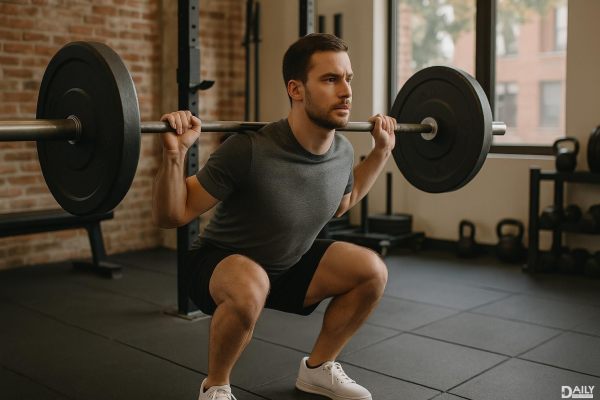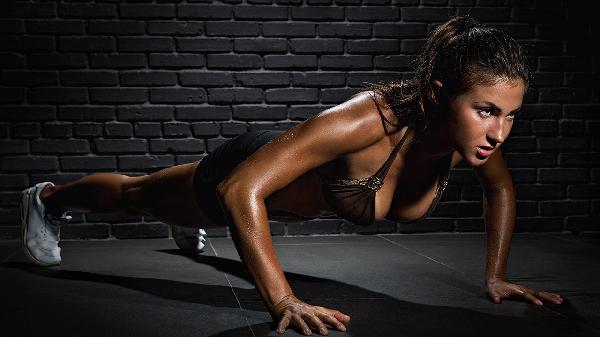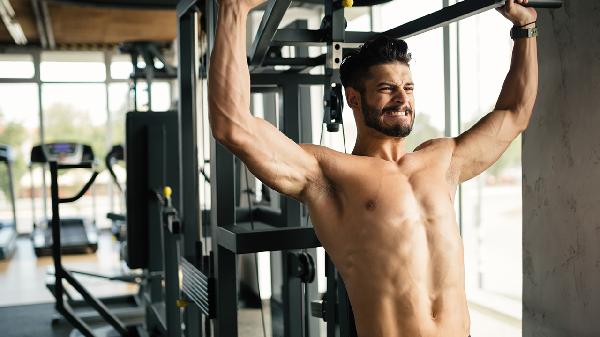Feeling sluggish during a run when you're expecting an intense burn can be frustrating, especially when you think you've got the perfect hack—like strapping on wrist weights. But as I quickly learned, adding weight to your run isn’t the shortcut to toned muscles or next-level endurance. In fact, it might just be a waste of energy—or worse, a fast track to injury if you're not careful.
Why Wrist Weights (Probably) Won’t Transform Your Run
My grand experiment with wrist weights was based on a flawed assumption: that extra resistance automatically equals better results. But as fitness expert Rilinger pointed out, adding weight only makes sense if you’ve already mastered the movement—and even then, running isn’t the best candidate for added resistance. The reason? Running is already a high-impact activity that challenges your muscles, joints, and cardiovascular system. Slapping on weights without proper conditioning can throw off your form, increase joint stress, and lead to overuse injuries. And let’s be real—one-pound wrist weights? They’re barely enough to make a difference in muscle engagement, which explains why my arms just got tired faster without any noticeable gains.
The Real Risks of Running with Added Weight
Beyond just being ineffective, running with wrist or ankle weights can mess with your biomechanics. When you add weight to your limbs, your body has to work harder to maintain its natural stride, which can lead to compensatory movements that strain muscles and joints unevenly. Over time, this imbalance can cause issues like tendonitis, shin splints, or even stress fractures. And if you’re thinking, “But what about weighted vests?”—those are a different story. A well-fitted weighted vest distributes resistance more evenly across your torso, minimizing the risk of altering your gait. Still, even then, experts recommend starting with no more than 5-10% of your body weight and gradually increasing only if your body adapts well.
Better Ways to Build Strength and Endurance
If you’re looking to level up your running game, there are smarter (and safer) ways to do it. Strength training, for one, is a game-changer. Exercises like squats, lunges, and deadlifts build the muscle power you need to run more efficiently and reduce injury risk. Plyometrics—think jump squats or box jumps—can improve explosive strength, helping you push harder on hills or sprints. And if you’re dead-set on adding resistance to your cardio, try hill repeats or stair climbing instead. These force your muscles to work harder without the unnatural strain of wrist or ankle weights. Plus, they’ll actually make you feel the burn—in a good way.
When (and How) to Use Wrist Weights Effectively
Wrist weights aren’t totally useless—they just belong in a different workout. If you’re doing low-impact exercises like walking, shadowboxing, or even certain strength exercises (think bicep curls or lateral raises), they can add a helpful challenge. The key is keeping the weight light (1-3 pounds max) and focusing on controlled movements to avoid joint strain. And if you’re using them for walking, keep your arms swinging naturally—no exaggerated movements. But for running? Save yourself the hassle and stick to proven methods like interval training or progressive overload in the weight room.
At the end of the day, fitness isn’t about hacking your way to results—it’s about consistency, smart training, and listening to your body. My wrist-weight experiment was a bust, but it taught me a valuable lesson: sometimes, the simplest approach (like just putting in the miles) is the most effective. So next time you’re tempted to strap on extra weight for a run, ask yourself: is this really helping, or just making things harder for no good reason?
























